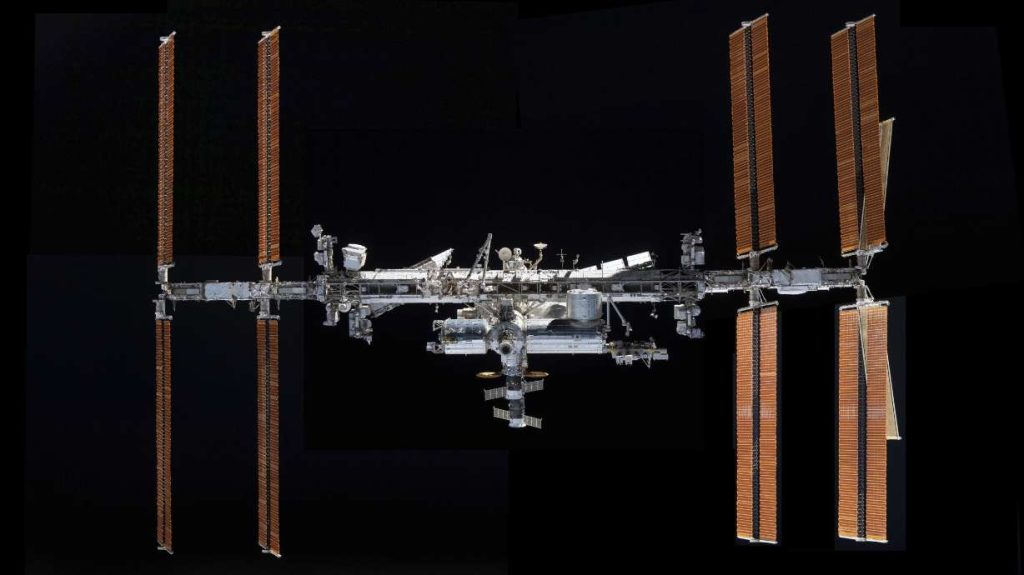CAPE CANAVERAL, Fla. — NASA and SpaceX have unveiled a plan to deorbit the International Space Station (ISS) using a modified Dragon capsule when the time comes for the massive lab to retire.
The space agency and Elon Musk’s company announced on Wednesday that the plan is to burn up the ISS on reentry and plunge the remaining debris into the ocean, ideally at the beginning of 2031 when it reaches its 32-year lifespan. Other options, such as dismantling the station and bringing everything home or handing control to another entity, were rejected.
NASA awarded SpaceX an $843 million contract to carry out the deorbiting process of the largest structure ever built off the planet.
Here’s an overview of the upcoming work and challenges:
The ISS is already showing signs of aging. The first pieces were launched by Russia and the U.S. in late 1998, and astronauts moved in two years later. Europe and Japan added their own segments, and Canada provided robotic arms. By the time NASA’s shuttles retired in 2011, the station had grown to the size of a football field, with a mass of nearly 1 million pounds.
NASA estimates the ISS will last until at least 2030. The goal is for private companies to launch their own space stations by then, with NASA serving as one of many customers. This strategy, already in place for station cargo and crew deliveries, will allow NASA to focus on moon and Mars travel. If no commercial outposts are ready, NASA could extend the ISS’s life to ensure continuous scientific research.
NASA considered dismantling the ISS and hauling the pieces back to Earth, or letting private companies salvage the parts for their own planned outposts. However, the ISS was never designed to be taken apart in orbit, and any such effort would be expensive and risky.
Furthermore, there’s no spacecraft large enough to bring everything down. Boosting the empty station to a higher, more stable orbit was also dismissed due to logistical issues and the increased risk of space junk.
Visiting spacecraft periodically boost the ISS to maintain its orbit approximately 260 miles high. To ensure a safe reentry over a remote section of the South Pacific or possibly the Indian Ocean, NASA plans to launch a spacecraft that will dock to the station and steer it toward a watery grave.
NASA expects some denser pieces to survive reentry, ranging in size from a microwave oven to a sedan, in a narrow debris field 1,200 miles long. SpaceX won the contract for a deorbit vehicle, using a Dragon capsule with a larger trunk housing 46 engines and over 35,000 pounds of fuel. The challenge is creating a spacecraft powerful enough to guide the ISS while resisting atmospheric drag during final descent.
This spacecraft will require a powerful rocket to reach orbit. The capsule would be launched 1½ years before the station’s planned demise. Astronauts would still be aboard as it’s gradually lowered. Six months before the station’s destruction, the crew would abandon ship and return home. Once the station is down to about 137 miles, the Dragon would bring it down four days later.
NASA’s first space station, Skylab, came crashing down in 1979, with debris raining down onto Australia and the surrounding Pacific. Russia has had more experience with incoming space stations, such as Mir, which operated for 15 years before being guided to a fiery reentry over the Pacific in 2001.
NASA wants to bring back some small items from inside the ISS for museum display, like the ship’s bell and logs, panels with patches, and other mementos. These can come down in SpaceX supply ships in the final year or two. Unfortunately, large items cannot be saved, and the most practical approach is to bring everything down in one destructive stroke.










